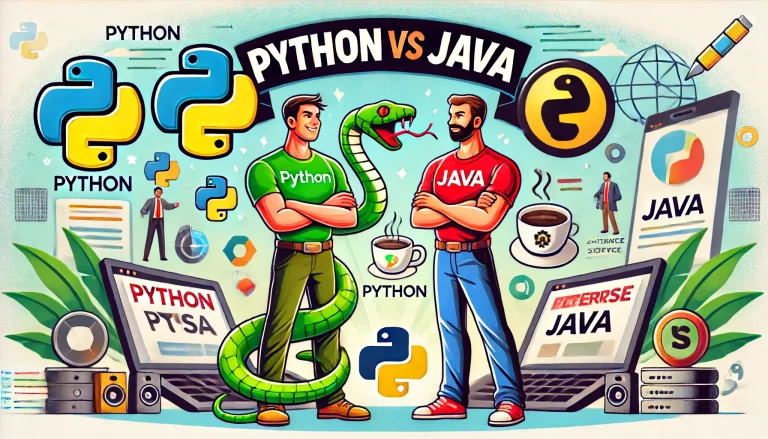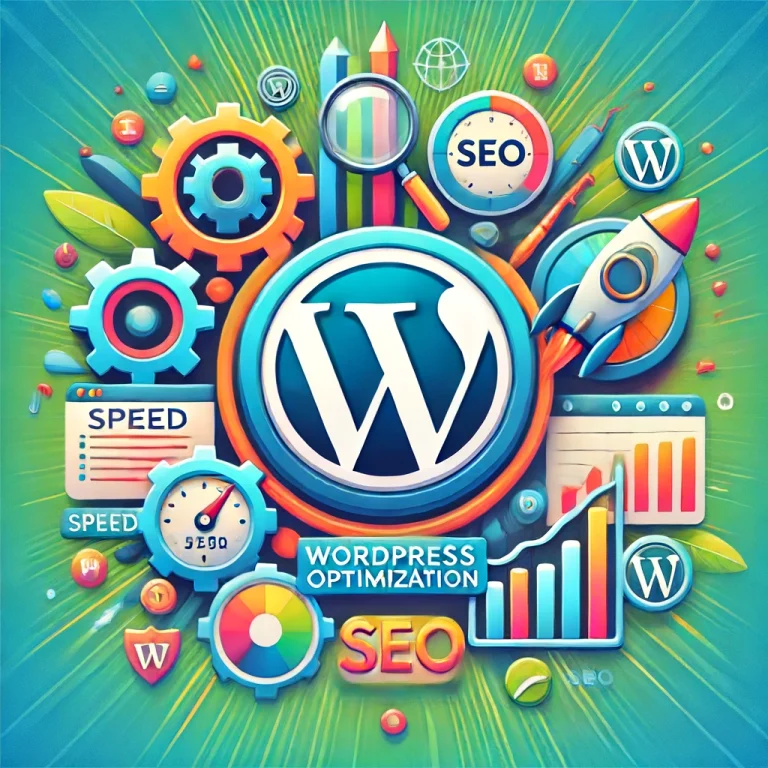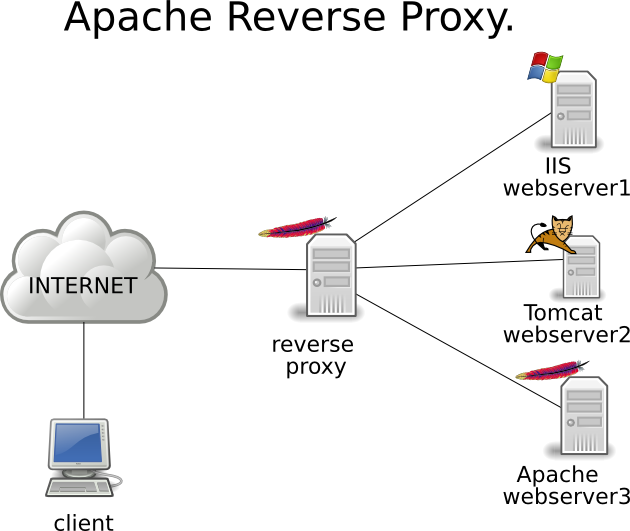XML vs HTML: Which One Should You Use in Web Development?
When it comes to web development, understanding the structure and functionality of markup languages is crucial. Two of the most widely recognized languages are XML and HTML, each with its unique strengths and purposes. Whether you are a seasoned web developer or someone new to the coding world, knowing the differences between XML vs HTML can help you make better decisions in managing and creating web content.

Table of Contents
Understanding the Basics: What is XML?
XML, or eXtensible Markup Language, was designed to store and transport data. It serves as a flexible way to create information formats and share structured data across different platforms and systems. Unlike other markup languages, XML is both human-readable and machine-readable, making it a powerful tool for defining complex document structures.
One of the key features of XML is its flexibility. Unlike HTML, XML is not limited to a fixed set of tags. Developers can define their custom tags, allowing them to structure data in a way that best suits their needs. This adaptability has made XML a popular choice for a wide range of applications, including document storage, web services, and configuration files.
In addition to being versatile, XML is also strict in terms of syntax. Every tag opened in XML must be closed, and the document must be well-formed for it to function correctly. These rules ensure that the data remains organized and consistent, making XML a reliable choice for applications where data integrity is essential.
What is HTML? The Language of the Web
HTML, or HyperText Markup Language, is the foundation of web pages and web applications. It was specifically designed to display data and emphasize the presentation aspect of content. HTML dictates how content appears on a browser, organizing elements like headings, paragraphs, images, and links.
Unlike XML, HTML is a more rigid language with a predefined set of tags and elements. These tags dictate the structure and layout of web pages, making it easy for browsers to render content visually. HTML is built for simplicity and ease of use, which is why it became the go-to language for website development from the early days of the Internet.
However, despite its simplicity, HTML lacks the flexibility and customization that XML offers. HTML is all about presentation, not data storage. It assumes that the content will be displayed directly in a browser, which limits its effectiveness in situations where you need to store or transfer data in a structured format.
XML vs HTML: Key Differences
Understanding the distinctions between XML vs HTML is essential to grasp how each language fits into the broader landscape of web development. Here are some of the most critical differences between XML and HTML:
Purpose
XML is designed for data storage and transport, while HTML is primarily used for data display in browsers. This fundamental difference in purpose sets the tone for how these languages are used in web development.
Syntax Rules
XML is strict about its syntax. Every element must be properly opened and closed, and the document must be well-formed. HTML is more lenient, with some tags not requiring closure. This makes HTML easier for beginners but can lead to more errors in complex documents.
Tag Flexibility
In XML, developers can define their tags, making them highly customizable. HTML has a predefined set of tags that focus on how content is displayed in a browser.
Error Handling
XML documents with errors will not function at all unless those errors are corrected. HTML documents, on the other hand, are more forgiving, allowing browsers to “guess” the intended structure even if the markup is not perfect.
Use Cases
XML is ideal for scenarios where data needs to be stored, transported, or processed between applications. HTML is the best choice when the goal is to present content on a web page.
When to Use XML and HTML Together
Although XML vs HTML serve different purposes, they are not mutually exclusive. They are often used together in modern web development. For example, developers may use XML to structure data that will be transported across systems, while HTML handles the visual presentation of that data in a web browser.
One common application of XML and HTML working together is in the context of web services and APIs. XML can be used to transfer data between a server and a client, while HTML is used to display the data to the user. In this scenario, XML ensures that the data is structured and well-organized, while HTML focuses on making the content visually accessible.
Additionally, RSS feeds and SOAP (Simple Object Access Protocol) services are typical examples of how XML and HTML work in tandem. XML stores and transfers the data, and HTML provides the layout for users to view the feed in their browsers.
The Evolution of Markup Languages: Enter XHTML
As web technologies evolved, developers sought ways to bring the best of both XML and HTML together. This led to the development of XHTML, or eXtensible HyperText Markup Language. XHTML is essentially a hybrid of XML and HTML, designed to combine the flexibility and rigor of XML with the ease of use and browser-friendly nature of HTML.
XHTML requires that developers follow XML’s strict syntax rules, ensuring well-formed documents. However, because XHTML is also a version of HTML, it uses HTML’s familiar tags and elements. The result is a language that provides the best of both worlds—structured, flexible data and user-friendly content presentation.
Although XHTML was a significant step forward in web development, it has largely been superseded by HTML5, which combines many of the benefits of XHTML while introducing new capabilities, such as multimedia support and improved error handling.
Why XML is Important in Data Transfer
When it comes to data transfer, XML’s role cannot be overstated. Its ability to define custom tags and enforce strict syntax rules makes it the ideal choice for applications where data needs to be transferred between different systems. This is particularly true in enterprise environments, where data accuracy and consistency are crucial.
For example, many financial institutions and healthcare providers rely on XML to transfer sensitive data between different systems securely. The strict syntax rules ensure that the data is always well-formed, reducing the risk of errors and ensuring that information can be processed correctly on the receiving end.
HTML’s Role in Modern Web Development
Despite its limitations in terms of flexibility, HTML remains the backbone of modern web development. HTML5, the latest version of HTML, has introduced numerous new features that have extended its capabilities far beyond simple content presentation. These include support for multimedia elements, such as video and audio, as well as new APIs that make it easier to create dynamic, interactive web applications.
Moreover, HTML5 is designed to be compatible across different devices, from desktop browsers to mobile phones and tablets. This cross-platform compatibility has solidified HTML’s place as the go-to language for web development.
XML vs HTML: Which Should You Choose?
Choosing between XML vs HTML largely depends on the specific requirements of your project. If your primary goal is to create web pages that are visually appealing and easy to navigate, HTML is the better option. HTML’s simplicity and ease of use make it the ideal choice for creating web content that will be displayed in a browser.
On the other hand, if you need to store or transfer data in a structured format, XML is the way to go. Its flexibility and strict syntax rules ensure that the data will remain organized and consistent, making it the preferred choice for applications that require data integrity.
In some cases, you may find that using both XML vs HTML together offers the best solution. For example, you could use XML to store and transfer data, while HTML handles the presentation of that data in a browser.
Frequently Asked Questions
What is the main difference between XML and HTML?
The main difference is that XML is designed for storing and transporting data, while HTML is designed for displaying data in a browser.
Can I use XML and HTML together?
Yes, XML and HTML can be used together, especially in web services and applications where data needs to be transferred and displayed.
Is XML more secure than HTML?
XML is not inherently more secure, but its strict syntax and structure can help reduce errors in data processing, which can enhance security in some applications.
What is XHTML?
XHTML is a hybrid language that combines the flexibility of XML with the familiar structure of HTML, requiring developers to follow XML’s strict syntax rules.
Why is HTML more commonly used than XML?
HTML is more commonly used because it is simpler and more focused on presenting content in web browsers, which is the primary function of most websites.
Can XML be displayed in a browser?
XML is not designed for direct display in browsers, but it can be used in conjunction with HTML or other technologies to present data visually.
Conclusion
Both XML vs HTML have their unique strengths and applications in web development. While HTML is indispensable for structuring web pages and presenting content, XML excels in scenarios where data integrity and structure are paramount. Depending on your project’s needs, one may be more suitable than the other, but the two languages often complement each other to create dynamic, data-driven websites.






